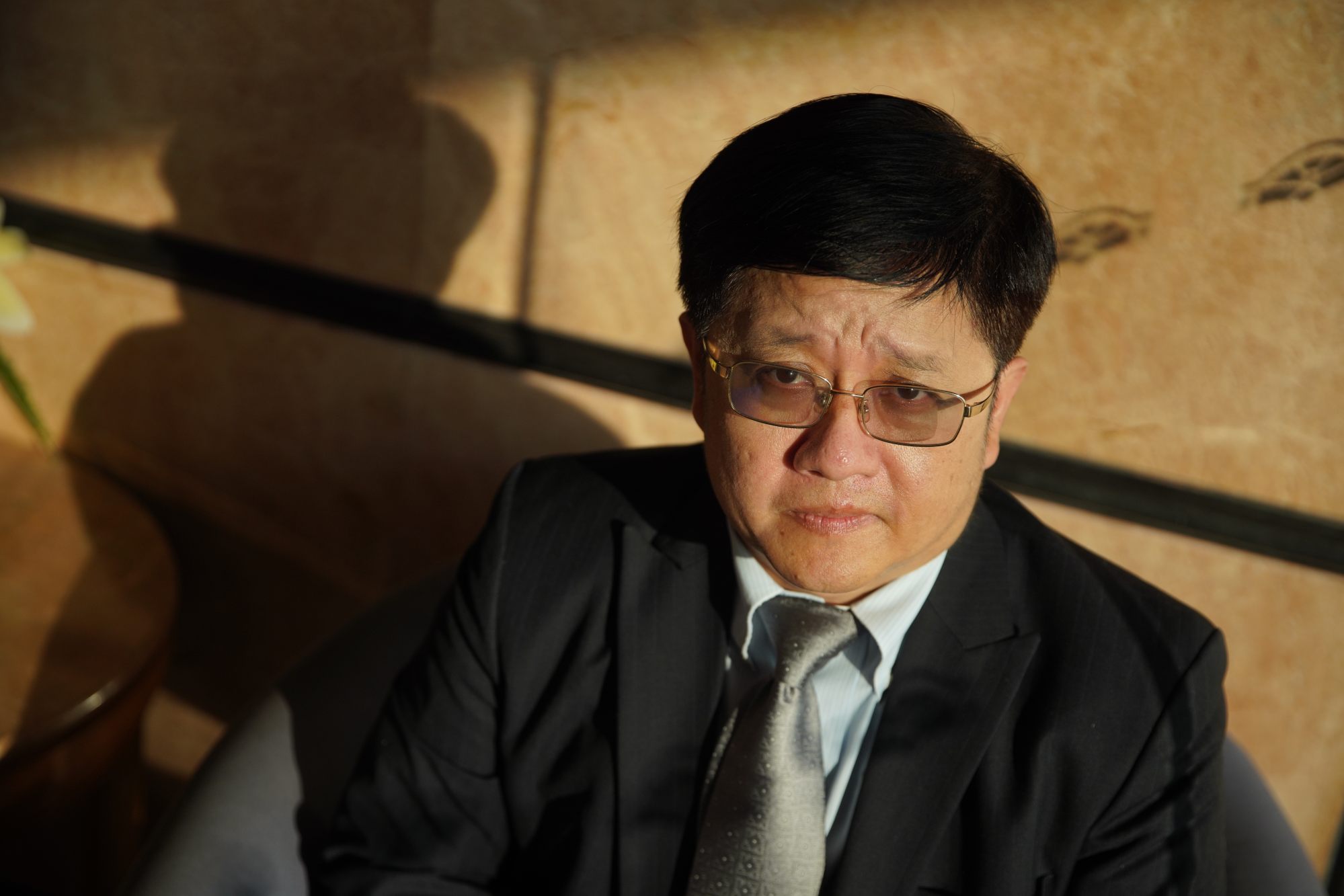
Hong Kong government to set up 2 bodies to look at attracting private sector funding for artificial islands and Northern Metropolis mega projects
- A committee to be headed by finance chief Paul Chan with an associated office will advise on ‘feasible investment and financing options’, policy address says
- But business and economic research expert warns difficult economy and uncertainty may put off private sector partners for schemes
A committee led by Hong Kong’s finance chief is to be set up to find ways to fund the city’s major building programmes, including hundreds of billions of dollars for the creation of the Kau Yi Chau artificial islands and the Northern Metropolis.
Chief Executive John Lee Ka-chiu’s policy address on Wednesday unveiled two new bodies – a Committee on the Financing of Major Development Projects to be led by Financial Secretary Paul Chan Mo-po, and an associated office.
The two will be asked “to advise on feasible investment and financing options,” with the possibility of bringing in private investors.
The Kau Yi Chau project, which would see authorities spend HK$580 billion (US$63.9 billion) to reclaim and develop land west of Victoria Harbour to create three islands, and the HK$100 billion Northern Metropolis plan, involving large tracts of land near the border with mainland China.

Andy Kwan Cheuk-chiu, the director of the ACE Centre for Business and Economic Research, said investments would probably use the build – operate – transfer (BOT) method, where private companies designed, built and operated a construction project for a specified period of time.
Examples of earlier BOT projects include Sun Hung Kai Properties’ development of commercial components in the government’s zone 3B in West Kowloon.
But Kwan warned there were risks associated with the funding method., especially because of their hefty price tag.
He explained the projects needed to produce a profit, and he could see problems there because of market changes.
“Demand for shopping malls and office buildings are decreasing dramatically as we continue the trend of working from home, while robots and artificial intelligence are taking over jobs. You can see examples from all over Europe and America,” Kwan explained.
“What happens if you build all this space and you can’t guarantee people will rent them?”
Kwan added he had little confidence in the residential property market as it was difficult to predict prices in the long-term because of the city’s unstable population caused by ageing and emigration.
An international IT hub and 900,000 flats for 2.5 million people will be built as part of the Northern Metropolis plan.
The islands project will involve 1,000 hectares (2471 acres) of artificial islands off Lantau near Kau Yi Chau, which will be the sites for 210,000 flats to house half a million people.
Lee said on Wednesday that the government would start environmental impact assessments for the Kau Yi Chau project this year.
The new committee would come up with proposals for construction on the island and transport plans, as well as its financial arrangements.
Lee also revealed that the Northern Metropolis would be divided into four major development zones.
A high‑end professional services and logistics area in the Hung Shui Kiu district would be a hub for financial services and take advantage of its proximity to mainland China to develop logistics industries.
An information and technology zone is proposed for the 627-hectare San Tin Technopole.
There would also be a commercial and industrial zone designed to accommodate a variety of enterprises, as well as one to promote cross‑border business services and entertainment spending.
The fourth would be a blue and green recreation area, devoted to tourism and conservation activities.
Lee also unveiled plans to develop smart and green mass transport systems in Kai Tak, East Kowloon and Hung Shui Kiu.
